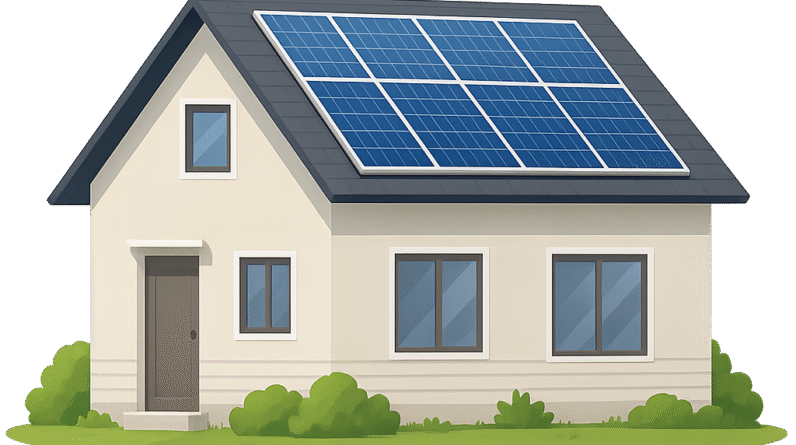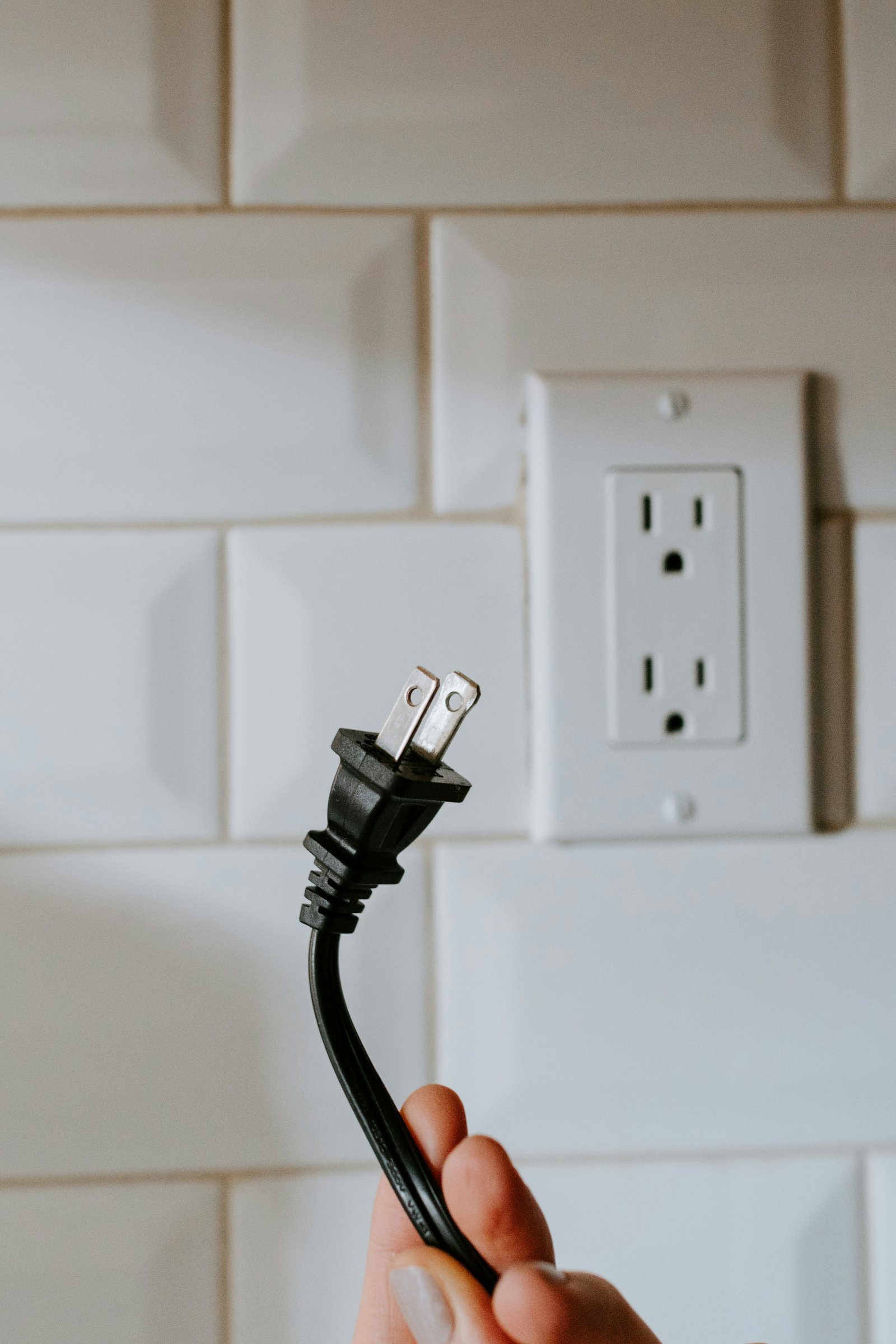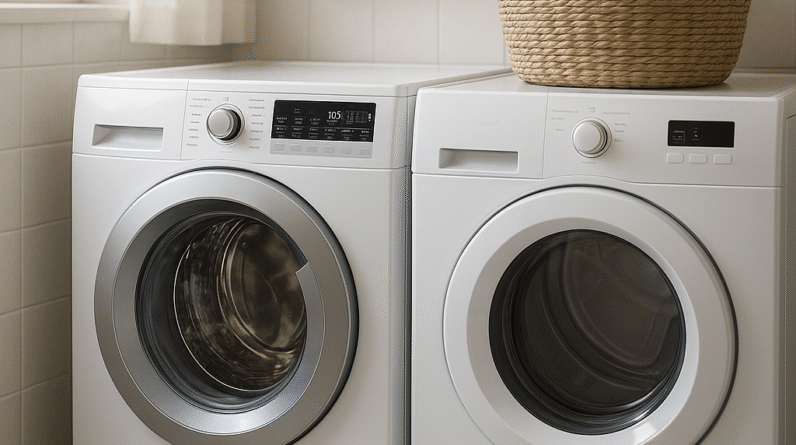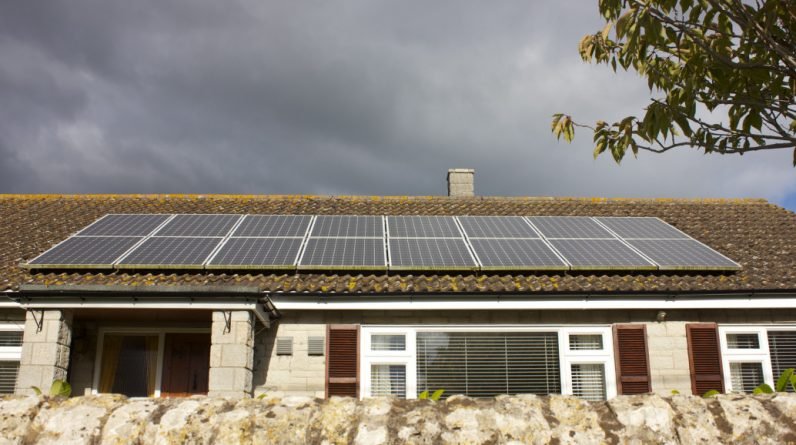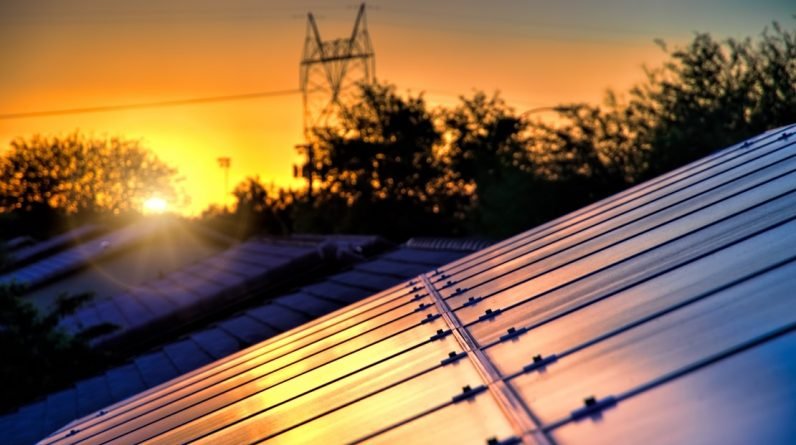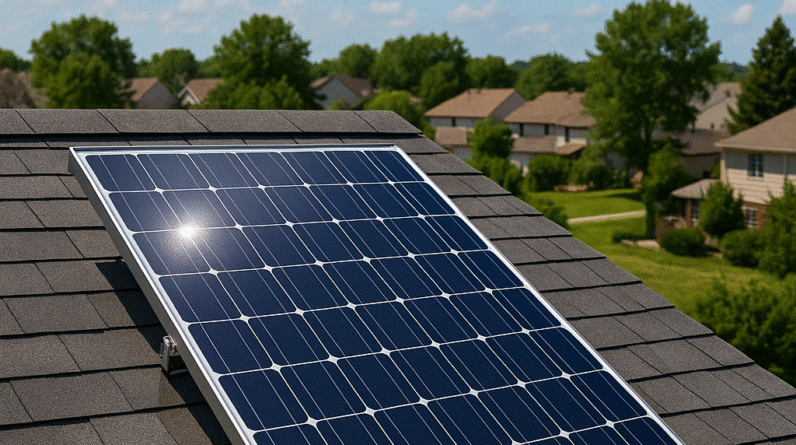
Can 2 Solar Panels Power A House?
Can 2 Solar Panels Power A House? Imagine having the power to generate electricity for your entire house, just by harnessing the sun’s energy. It sounds like a dream come true, right? Well, you may be surprised to learn that with only two solar panels, you can potentially achieve this incredible feat. In this article, we will explore whether it is truly possible for a humble pair of solar panels to provide enough energy to power your entire house. Get ready to uncover the possibilities and embrace the potential of solar power.
Factors to Consider
Energy consumption
When considering whether 2 solar panels can power a house, one of the most important factors to consider is the energy consumption of the house. You need to determine how much electricity your household consumes on a daily basis. This can be done by looking at your past utility bills and calculating the average energy consumption. By knowing the energy consumption, you can determine if 2 solar panels will be sufficient to meet your energy needs.
Another crucial factor to keep in mind is the amount of sunlight available in your location. Solar panels rely on sunlight to generate electricity, so it is essential to assess the sunlight exposure your house receives throughout the day. Factors such as geographic location, weather patterns, and shading from nearby buildings or trees can affect the amount of sunlight available. It is recommended to choose a location with optimal sunlight exposure to maximize the efficiency of your solar panels.
Panel efficiency
The efficiency of solar panels refers to how effectively they convert sunlight into electricity. Panels with higher efficiency will generate more power, which can be beneficial when considering whether 2 solar panels can power a house. Higher efficiency panels are usually more expensive, but they can provide a greater energy output, making them a suitable option if you have limited space for additional panels. Therefore, it is essential to consider the efficiency rating of the solar panels you plan to use.
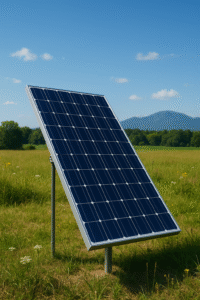
Determining Energy Needs
Total energy consumption
To determine the total energy consumption of your house, you need to take into account all the appliances and devices that consume electricity. This includes lighting, heating and cooling systems, kitchen appliances, electronics, and any other electrical devices you may have. By considering the wattage and usage duration of each device, you can calculate the total energy consumption.
Average daily energy consumption
Once you have determined the total energy consumption, you can calculate the average daily energy consumption. This will give you an idea of how much electricity you need to generate from your solar panels on a daily basis to power your house. By dividing the total energy consumption by the number of days in a month, you can obtain the average daily energy consumption.
Energy storage requirements
Solar panels generate electricity during the day, but they may not produce enough power to meet your energy needs throughout the entire day. Therefore, it is important to consider energy storage options. Energy storage systems, such as batteries, can store excess electricity generated during the day for use during the night or when sunlight is not available. By determining your energy storage requirements, you can ensure a consistent and reliable power supply from your solar panels.
Solar Panel Output
Wattage of the panels
The wattage of solar panels refers to the maximum output power they can generate under ideal conditions. It is essential to choose solar panels with an appropriate wattage to meet your energy needs. Higher wattage panels will generate more electricity, but they may also be more expensive. By considering your average daily energy consumption, you can determine the wattage required for your solar panels.
Calculating total power output
To calculate the total power output of your solar panels, you need to multiply the wattage of each panel by the number of panels installed. For example, if each panel has a wattage rating of 300W and you have 2 panels, the total power output would be 600W. This calculation gives you an idea of how much electricity your solar panels can generate at their maximum capacity.
Energy Storage Options
Battery capacity
When considering energy storage options, the capacity of the batteries is an important factor to consider. Battery capacity refers to the amount of electricity a battery can store. It is crucial to choose batteries with sufficient capacity to store the excess electricity generated by your solar panels. By considering your energy storage requirements and the average energy consumption during non-sunlight hours, you can determine the battery capacity needed to power your house.
Inverter requirements
Inverters are essential components in a solar power system as they convert the direct current (DC) electricity generated by the panels into alternating current (AC) electricity that can be used to power household appliances. The type and capacity of the inverter should be compatible with the wattage and voltage of your solar panels. It is advisable to consult with a professional to determine the specific inverter requirements for your 2-panel system based on your energy needs.
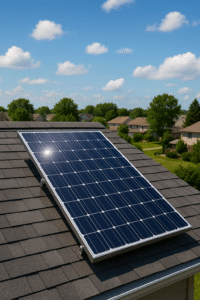
Backup Power Sources
Fuel-based generators
While solar panels can provide a significant amount of electricity, there may be situations where their output is insufficient. In such cases, having a backup power source, such as a fuel-based generator, can be beneficial. Fuel-based generators can provide additional power during times of high energy demand or when sunlight is limited. However, it is important to consider the fuel consumption and associated costs when using a generator as a backup power source.
Another option for backup power is to connect your solar power system to the grid. This allows you to draw electricity from the grid when your solar panels are not generating enough power. During times when your solar panels generate more energy than you need, the excess power can be exported back to the grid, potentially reducing your electricity bills. Grid connection provides a reliable backup power source and can be a cost-effective solution for dealing with fluctuations in energy production and consumption.
Optimizing Power Efficiency
Positioning and orientation of panels
To optimize the power efficiency of your solar panels, it is important to consider their positioning and orientation. Installing the panels in a location with maximum sunlight exposure, such as a south-facing roof, can significantly increase their energy output. Additionally, the angle at which the panels are tilted can affect their performance. Adjusting the tilt angle based on your geographic location and seasonal variations can help maximize the efficiency and power output of your 2-panel solar system.
Regular maintenance and cleaning
Regular maintenance and cleaning are essential to ensure the longevity and optimal performance of your solar panels. Dust, debris, and other contaminants can reduce the efficiency of the panels by blocking sunlight. Regularly inspecting and cleaning the panels will help maintain their efficiency and maximize their power output. It is important to follow manufacturer recommendations for cleaning and maintenance to avoid any damage to the panels.
Cost Considerations
Cost of solar panels
The cost of solar panels can vary depending on factors such as their efficiency, brand, and installation requirements. Higher efficiency panels are often more expensive but can provide a greater return on investment through increased power output. It is important to consider the upfront cost of the panels and weigh it against the potential long-term savings in electricity bills.
In addition to the cost of the panels, it is important to consider the installation expenses. This includes the cost of labor, mounting equipment, wiring, and permits. It is advisable to obtain quotes from multiple installers to compare costs and choose a reputable installer with experience in residential solar installations. While the installation costs may add to the overall expense, a properly installed system will ensure the efficiency and longevity of your solar panels.
Return on investment
When considering the cost of a solar power system, it is important to calculate the return on investment (ROI). ROI can be determined by comparing the cost of the system to the savings in electricity bills over a certain period. By calculating the payback period, which is the time it takes for the system to generate enough savings to cover its initial cost, you can assess the long-term financial benefits of installing solar panels to power your house.
Solar tax credits
Many governments offer solar tax credits or incentives to promote the adoption of solar power. These tax credits can significantly reduce the upfront cost of installing solar panels. It is advisable to research and understand the available tax credits and incentives in your country or region. By taking advantage of these incentives, you can further reduce the overall cost of installing a solar power system.
Net metering programs
Net metering is a program offered by some utility companies that allows solar power system owners to receive credits for excess electricity generated by their panels. These credits can be used to offset future electricity bills when the solar panels are not generating enough power. Net metering programs can provide additional financial benefits and increase the ROI of installing solar panels.
Examples of successful solar-powered homes
To further understand the capabilities of a 2-panel solar power system, it can be helpful to explore examples of successful solar-powered homes. These case studies highlight the experiences of homeowners who have installed a similar system and showcase the benefits and challenges they faced. By learning from real-life examples, you can gain insight into the potential of a 2-panel solar power system and how it can power a house effectively.
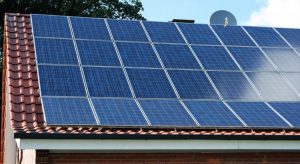
Conclusion
In conclusion, while 2 solar panels may not be sufficient to power an entire house on their own, they can certainly contribute to meeting your energy needs. Factors such as energy consumption, sunlight availability, panel efficiency, and energy storage options play a crucial role in determining the feasibility of a 2-panel system. By considering these factors, optimizing power efficiency, and taking advantage of government incentives, solar power can be a viable and environmentally friendly option for powering your house. It is recommended to consult with solar energy professionals to accurately assess your energy needs and design a customized solar power system that meets your requirements.


